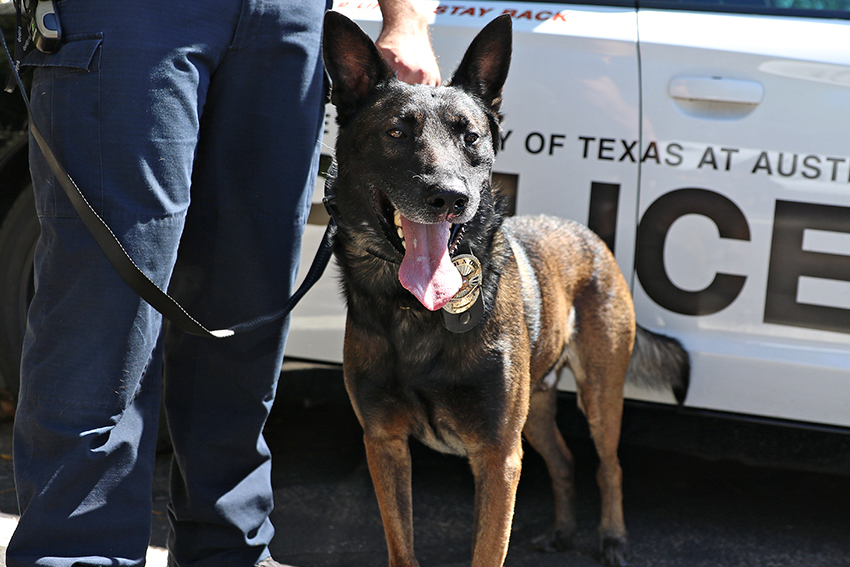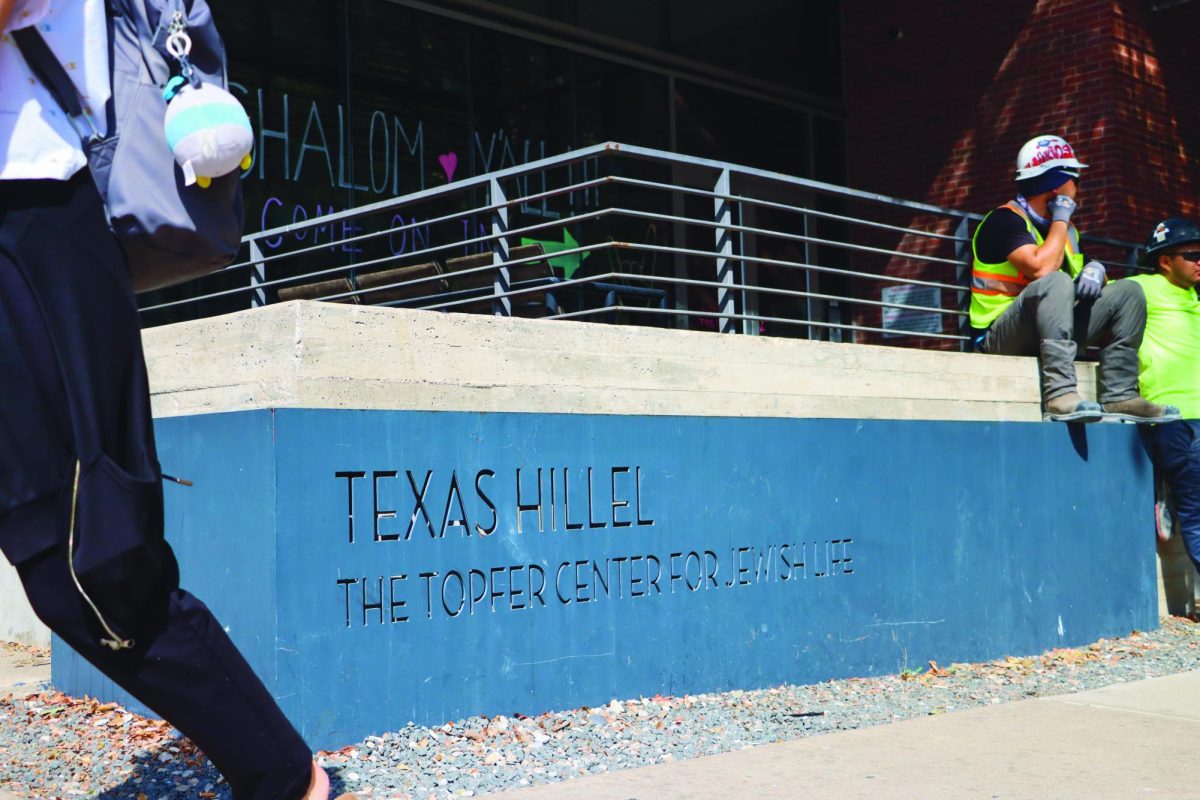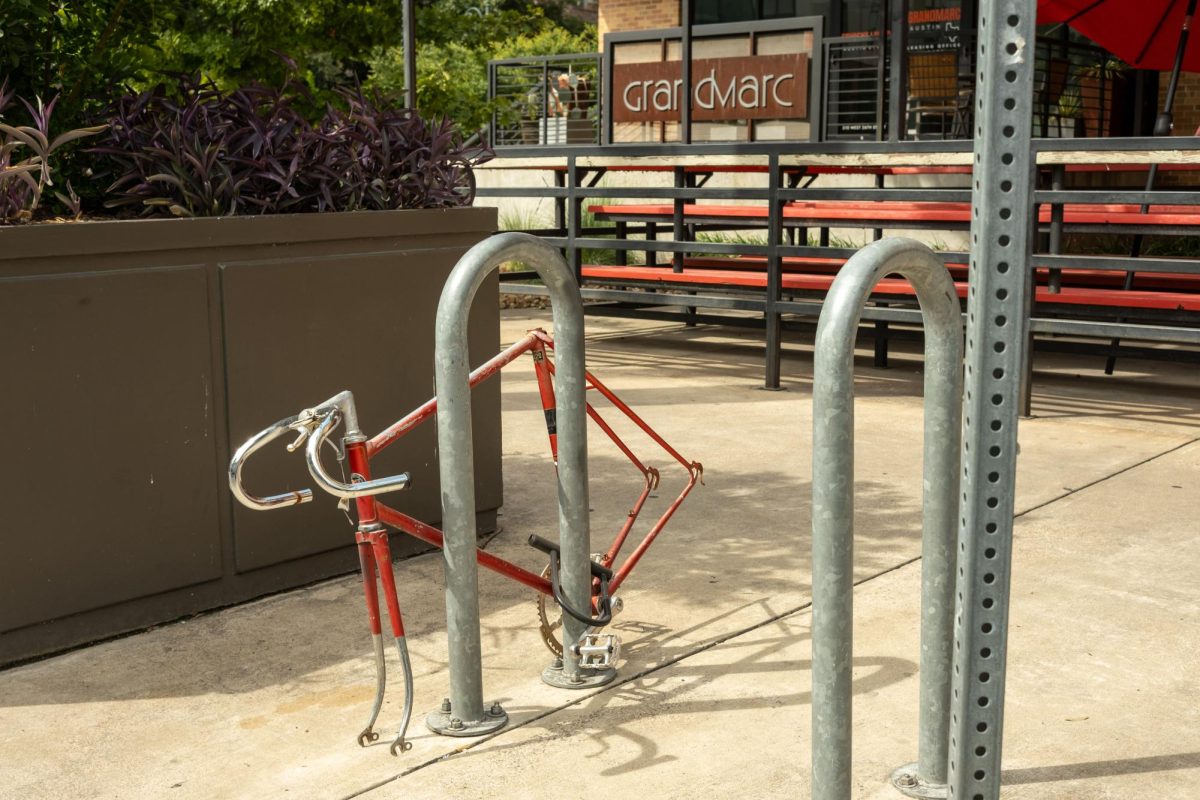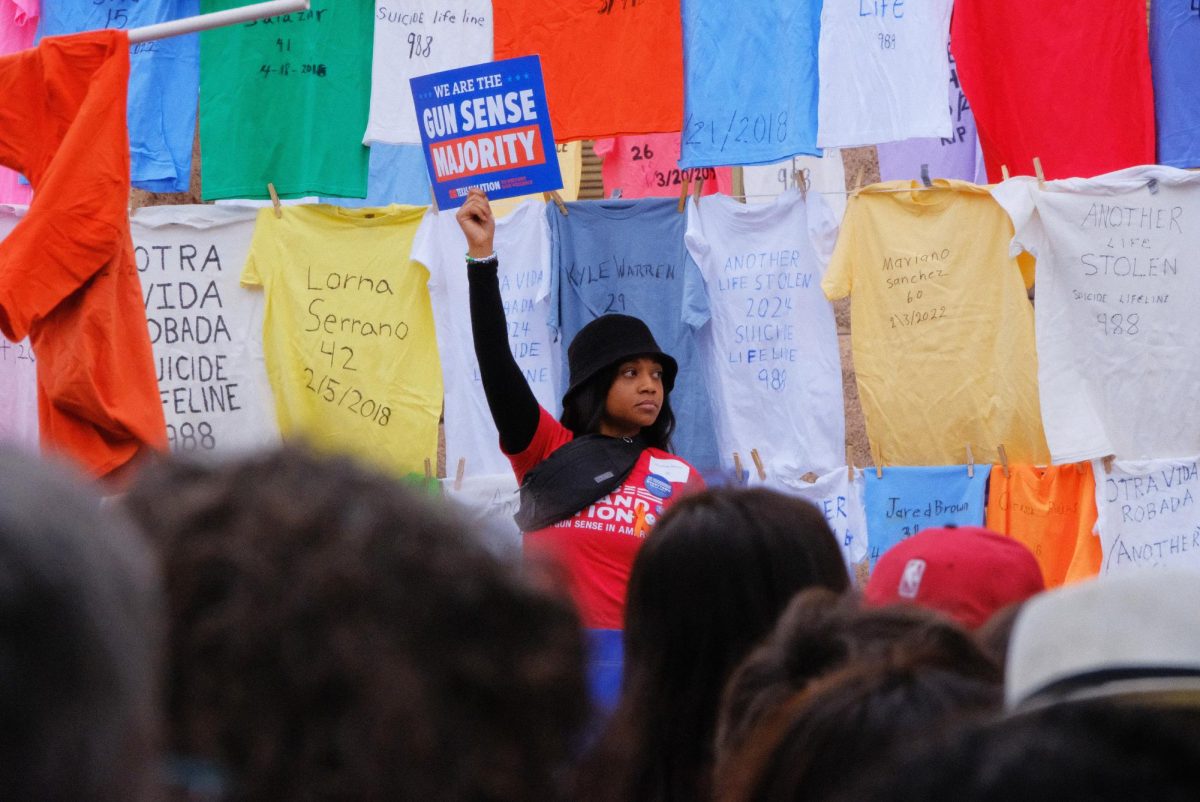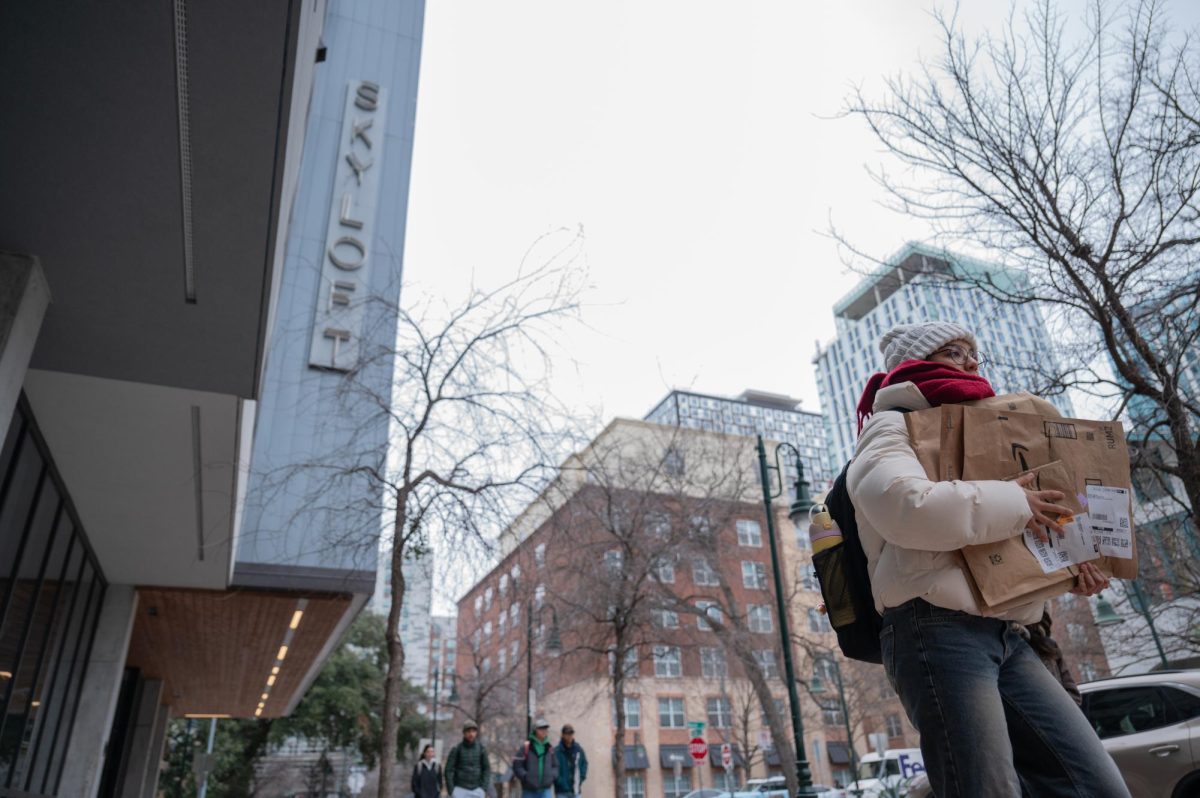For Jarno, Doerack and Spike, three young Belgian Malinois in the UT Police Department’s K-9 unit, the phrase “dogs take after their owners” holds especially true.
“Jarno kind of bounces around and is funny. He’s a lot like his handler,” said Sgt. Jason Taylor, Spike’s handler. “Whereas I’m a laidback kinda guy, that’s more how Spike is. He sometimes does goofy dog stuff … but on the whole he picked up on his handler’s characteristics.”
UTPD’s explosive-detection K-9 unit began in 2001, shortly after the 9/11 terrorist attacks. Since then, UTPD has had five K-9s in its unit, two of which have retired.
Currently, three of UTPD’s officers are paired with a K-9, with one team patrolling each eight-hour shift. UTPD’s three K-9s are all dual-purpose, trained in explosive and evidence detection as well as criminal apprehension. When they’re not working, K-9s live with their handler, and when a dog retires, it’s the officer’s to keep.
K-9s are initially imported from Europe to training facilities outside the state. Each officer then completes an additional five weeks of instruction with a K-9 before operating on campus — but training doesn’t stop there. Once a dog and officer are paired, it can take up to two years for them to become an efficient team, said Lt. Robert Stock, who handled UTPD’s first two K-9s and now oversees the unit.
“They’ve been trained to do this initial stuff, but now you’re refining it,” Stock said. “You have to get them to be able to speak to each other and communicate. It’s a long process.”
UTPD officers go through training exercises with their K-9 during every shift. Aside from these extra training exercises, K-9 handlers function just like any other officer on campus, but with the added protection of having a K-9 with them.
“Having a dog is a tremendous deterrent to (criminals),” Taylor said. “If you’ve got a dog, you don’t have to worry about somebody sneaking up behind you or anything like that.”
UTPD’s K-9s are trained to detect 21 different explosives and will alert their handler in a number of ways, such as sitting down, pulling on their leash or barking. During training exercises, officers hide explosives in campus buildings and have K-9s attempt to sniff them out. These explosives are prepackaged to ensure they will never detonate.
Additionally, K-9 handlers will use “decoy” officers, who dress in a bite-protective suit so K-9s can practice apprehending criminals. K-9s are trained to bite an individual’s arms, legs or back in order to apprehend a criminal without doing serious damage.
“You have to problem-solve,” Stock said. “It’s hard to speak dog, but you need to know how to solve their problems and think like them.”
When K-9s aren’t on training exercises or patrol, they spend their shifts socializing with the campus community.
“Working in such an urban environment, we need social dogs,” Taylor said. “We work in situations with large crowds, so it’s better and safer that we have more confident dogs.”
From day-to-day foot patrols to special event days, UTPD’s K-9s primarily focus on preventative safety, said Sgt. Eric Johanson, Jarno’s handler.
“Just with the general climate of domestic terrorism, there’s always that threat that someone might put a device somewhere,” Johanson said. “We like to be
proactive about it.”

